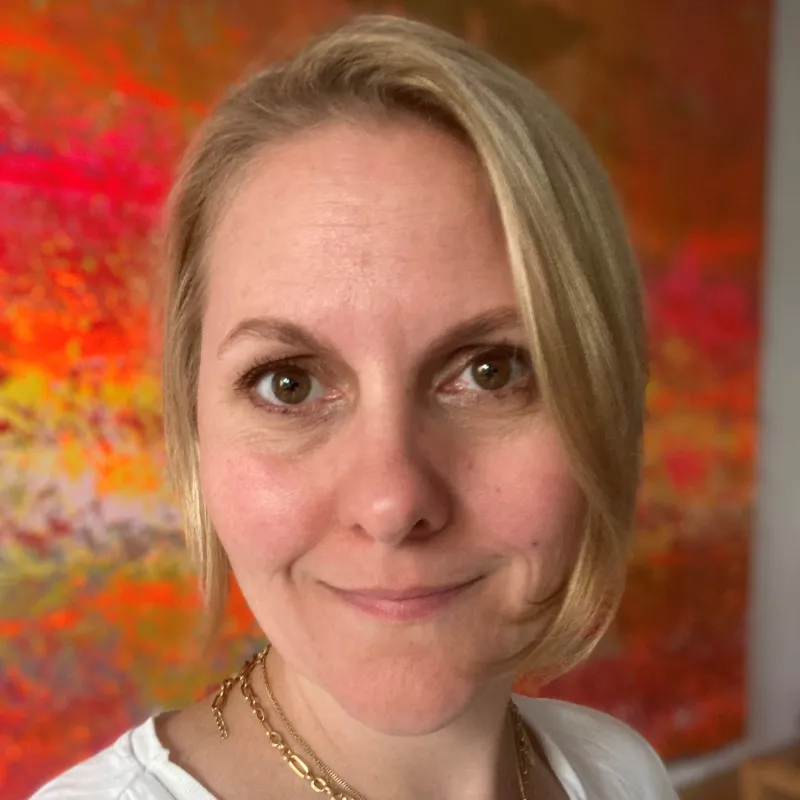Let there be Light
Inspiration for Gothic architecture
Gothic church buildings were intended to be perfect entities, like the cosmos: beautiful, harmonious and clear through light, geometry, proportions, materials and colour.
In this Section
Let's build
St Marien in Lübeck is one of the most important churches in Northern Europe and an impressive testament to Lübeck's history. It marks a place in the city with which many Lübeck residents strongly identify. This is not only due to the city symbol "Lübeck Crown" and the term "7 towers", but certainly also to the recent history of destruction and reconstruction after the Second World War.
Miracles and wounds lie close together in this church.
And the experience of successful reconstruction after the dramatic turning point of 1942 is certainly one of the greatest miracles in the history of this church. The turbulent confrontation with history and the present is uniquely condensed in St Marien, with all its identifiable breaks and contradictions.
That is why respect for the achievements and decisions of the builders, designers and post-war generation plays an important role in all considerations regarding restoration and conservation measures. The challenge often lies in incorporating contemporary issues and perceptions of the world into the overall artwork that is this church without overlooking the mother tongue of the Gothic cathedral.
It is the key to a deep, spiritual experience of the space. From a theological perspective, church buildings were ultimately understood as a constructed part of the liturgy and designed accordingly. They pointed to the "Heavenly Jerusalem" (Revelation of John, chapter 21) and were intended to be the new Temple of Solomon (1 Kings, chapter 6).
Everything that belongs to church services, objects and ornaments is full of divine signs and mysteries.
(Bishop Durandus of Mende, died 1296)
Based on this fundamental idea, the Gothic St Marien Basilica takes visitors on a journey from the heyday of the Lübeck Hanseatic League through the Renaissance and Baroque periods, via the Second World War, to the present day. It houses a precious treasure trove of architecture and works of art that document the development of sacred art from the 13th to the 21st century and encourage visitors to engage with the past and present.
The coexistence of Gothic, Renaissance, Baroque and Modern styles in this church uniquely and significantly reflects the cultural history of Christianity. Each era retains its own character and expressiveness.
The heterogeneity of the artistic and pictorial decoration, in turn, connects the eras, milieus and theologies into a unique symphony of architecture and art that remains mysteriously legible to people even today. And so, one message from St Marien is that time stands still – and yet continues to move forward. Eternity urges itself into form here.
The light in the church
The light falls differently into the church at every time of year and every time of day. It draws the eye upwards, towards the sky. Sometimes it illuminates one of the small details in the chapels. And sometimes the sunset bathes the entire church interior in a very special light all of its own.
Eva-Maria Wiese
Volunteer Coordinator



